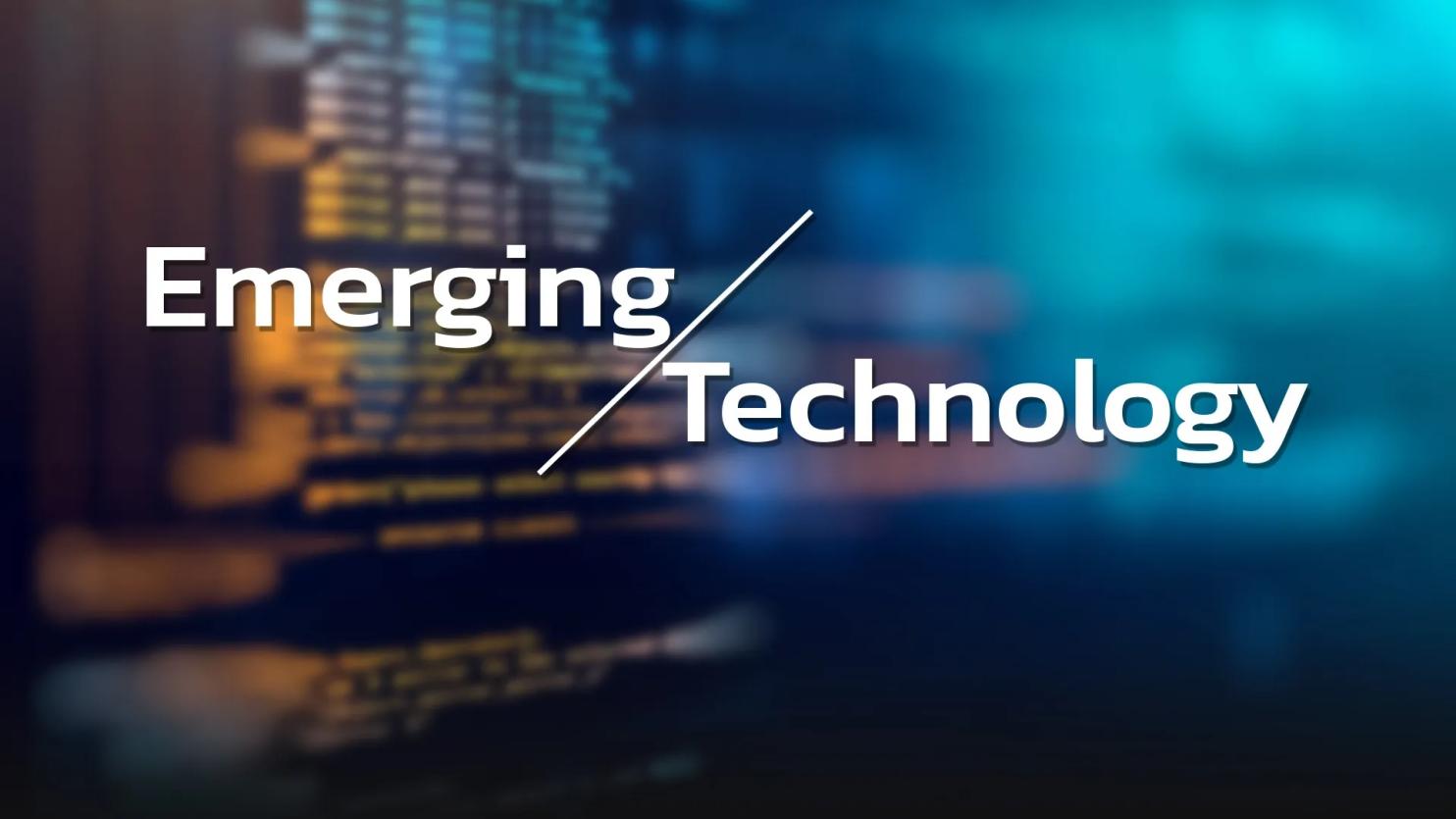Australia’s national science agency, CSIRO, is collaborating with five universities to enhance workplace safety through cutting-edge digital technologies.
Spearheaded by CSIRO’s data and digital division, Data61, and the University of Queensland (UQ), the initiative has garnered support from Swinburne, UNSW, Curtin, and ANU as partnering institutions.
Science Director of Data61, Professor Aaron Quigley, said the technologies developed will support health, safety and environmental (HSE) objectives across a wide range of industries.
“Whether they’re working with electrical equipment, heavy machinery or on our roads, millions of Australians put themselves in harm’s way every day to help and serve others,” Prof. Quigley said.
“We’re bringing the best researchers in the nation together to help get everyone home safely, by creating advanced digital tools for training, identifying and monitoring hazards, and planning responses and actions.”
In 2021-22, 497,300 Australians experienced work-related injuries or illnesses, as reported by the Australian Bureau of Statistics.
The program is receiving financial support and research contributions from all participating institutions, with the University of Queensland overseeing the administration of funds.
UQ Tech4HSE Science Lead Dr Mashhuda Glencross said these projects present an exciting opportunity to make an impactful difference.
“The innovative technologies we are researching and developing in this initiative are aimed at supporting the safety of Australians during disasters and when working in potentially hazardous environments,” Dr Glencross said.
Over the course of five years, prototypes will be constructed and tested in authentic workplace settings, emphasizing the creation of commercially feasible products designed with responsibility in mind.
The initial project, presently in progress, involves Data61 and UQ researchers working on technologies to enhance crisis preparedness and response for energy industry workers.
Dr. Matt Adcock, the Science Lead for Tech4HSE at Data61, highlighted an instance of the technology in progress, which involves integrating cutting-edge computer vision models and 3D generative AI.
“Our aim is to take smart glasses to a new level by enabling the placement of helpful digital holograms within the physical work environment to support emergency response safety training and assisted decision-making under heightened stress levels,” Dr Adcock said.
In an effort to align cutting-edge technology with the dynamic requirements of the power industry, researchers have embarked on a collaborative journey with key stakeholders.
The critical partnership aims to ensure that prototypes under development resonate seamlessly with the specific needs and nuances of the power sector.
At the forefront of this initiative is the Tech4HSE program, a formidable $18 million endeavor strategically designed to harness the combined prowess of Australia’s leading universities and the CSIRO.
The program’s overarching goal is to synergize academic expertise with the formidable capabilities of CSIRO, thereby unleashing a potent force for the benefit of Australians.
By leveraging the power of science, research, and development, Tech4HSE aspires to make a resounding impact on the technological landscape.
The program was announced by Minister for Industry and Science, the Hon Ed Husic, at the launch of Australia’s AI Month, coordinated by CSIRO’s National AI Centre. From November 15 to December 15 more than 50 free and ticketed AI-related events will take place across the country.







